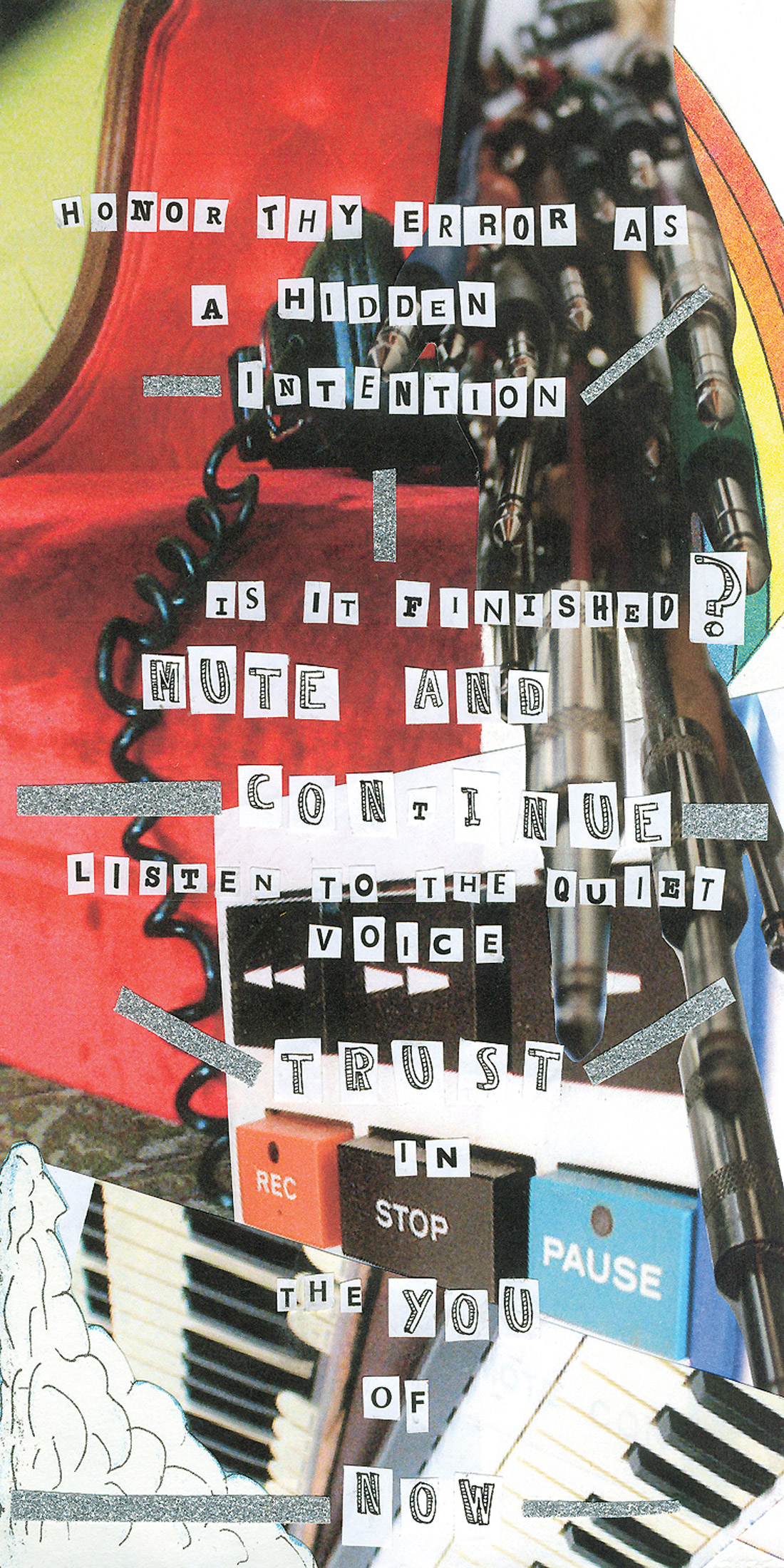When I initially donned these headphones, I was reminded of when I heard ADAM Audio S3-A active monitors (Tape Op #33) for the first time at the now defunct Bomb Factory Studios in Burbank. I was blown away by the immediate sense of space and detail that I was hearing. I've purchased several pairs of ADAM monitors since then, and I'm also now a proud owner of the SRH940 headphones. If you're a fan of ADAM's proprietary ART ribbon tweeter, you'll appreciate what I'm about to say. The SRH940 have an extended high-frequency response with incredible detail - so much so that upon first listen, you might think their response puts too much emphasis on the highs. For example, one of my colleagues commented that the SRH940 were too sibilant when he first listened to them. On the contrary, I feel that the high-frequency response is actually exceedingly smooth. Yes, there is a small bit of high-frequency lift to my ears, but it's a very smooth rise, and to me, what I hear is the opposite of sibilance. There isn't any harshness in the 7-12 kHz range, which is where I find the most offensive energy in regards to sibilance. Moreover, the SRH940's midrange is as neutral as any headphone I've ever heard. Vocals, for example, translate well between the SRH940 and various listening-environment and speaker combinations throughout my studio and home - in terms of both relative level in the mix and harmonic content.
Compared to the Audio-Technica ATH-M50 (Tape Op #63), which up until now were my favorite studio headphones, the SRH940 actually have less sizzle at the very top end, but the SRH940's upper mids are a little more prevalent. The gentle lift in the ATH-M50's lower mids isn't there in the SRH940, so if you're using the Shure headphones for mixing, you might not try so hard to clean up what "muddiness" might be in your recording. And perhaps because of the more clinical-sounding lower mids and upper lows, the SRH940 seem to exhibit less bass in general during casual listening, but the extreme lows are definitely there when you are listening critically, with a tightness that is astounding. With that said, I think that listeners who are accustomed to an overabundance of bass volume in their cans will definitely find the SRH940 inappropriate for their needs, but I find the low-frequency clarity refreshing. Plus, transient response throughout is amazing.
The SRH940 come with a semi-rigid, multi-compartment carrying case that's too large for carry-on air travel, but it does protect the headphones well. The SRH940 have hinges in all the expected locations, and they can fold up asymmetrically such that one earcup backs into the other (as opposed to the earcups facing each other). Once collapsed, they take up as much room as any other full-size folding headphones, but one advantage to this asymmetric arrangement is that there's less likelihood for pressure on the cable where it exits from the earcup. Speaking of the cable, you'll find two in the case - one straight and one coiled. Thankfully, the straight cable is just the right length for working at a console; you'll need to extend it if you plan to hand these headphones to a guitarist during tracking. The cables lock into the left earcup with a twist. You'll also find a second pair of velour ear cushions in the case.
The headphones are surprisingly light, and they're comfortable for extending wearing. The only caveat worth mentioning is that I found that the orientation of the SRH940 on my head had a greater effect on the sound than with other headphones. For example, I can hear the bass levels go up when I rotate the earcups a bit so that the headband is just above my forehead - in fact, I get the most neutral-sounding response with the headphones positioned this way. Also, if I take off my glasses, the ear cushions seal better, and again, I get better bass response.
With many other headphones, I don't hear such a discernible difference with position and eyeglass changes. Regardless, the SRH940 are now my favorite headphones - not only for critical listening during recording and mixing, but also for just plain listening to music. In fact, I busted out a whole bunch of vinyl, and for the past few weeks, I've been having a great time hearing all that extra detail. ($299 street; www.shure.com) -AH




_disp_horizontal_bw.jpg)